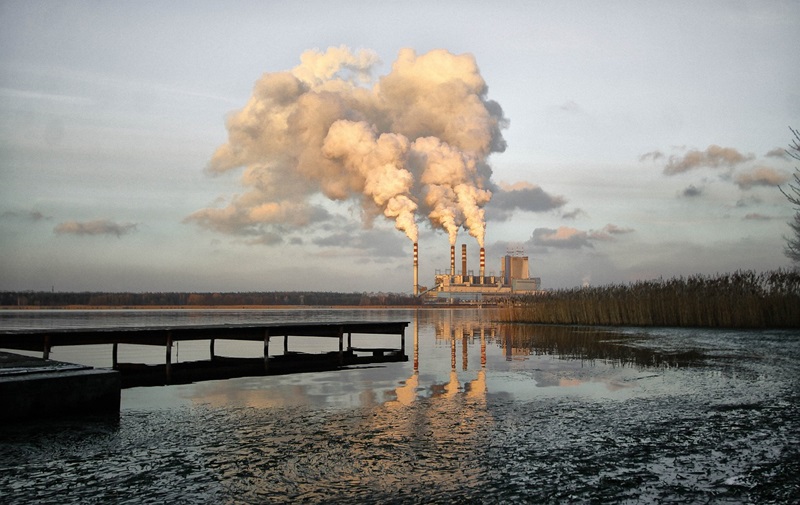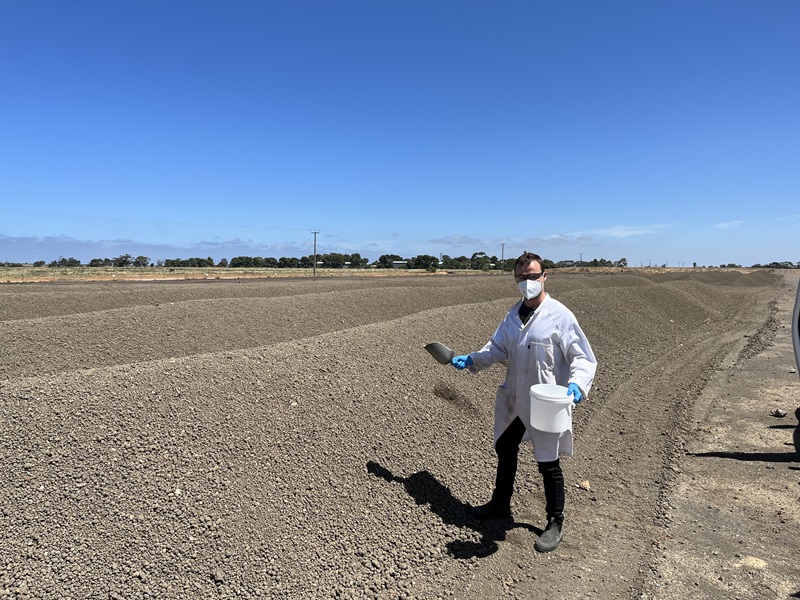Key points
- We're using microbial communities, known as microbiomes, to find answers to some very challenging environmental issues.
- We're using microbes to break down 'forever’ chemicals in the environment and investigate new ways to stop antibiotic resistant genes spreading from the environment to humans.
- Enhancing the microbiome of biosolids, when used as a fertiliser, can increase crop productivity and break down contaminants.
Microorganisms, germs, bacteria, microbes – call them what you like. But they’re everywhere. What you might not know, however, is that microorganisms get together to form tiny communities called microbiomes. And these microbiomes are important to the functioning of ecosystems.
You might have heard of the gut microbiome, but they are not just in our bodies.
Microbiomes are all around us - in rainforests, the deep ocean, our suburbs, or our local waste management centres – wherever you look, a microbiome will be there and the microbes will be busy at work.
Could we use these diverse microbiomes to our benefit? Could we even use them to solve large global challenges?
We think ‘yes’. Here’s why.
We are researching microbiomes in innovative ways that could provide new solutions to important and challenging environmental problems.
Because we can’t see microbes, we need to use DNA techniques to know what’s there. Advancements in DNA analysis and molecular science give us new insights into these microscopic worlds, telling us not only which microbes are there, but also what they are doing.
We’re able to look for microbes in contaminated environments to help restore them to their former beauty. Once we identify helpful microbes, we can hopefully build an elite team of pollution-busting bacteria to help decontaminate the environment.

Forever is a long time
Does anything last for ever? We hope that’s not the case for per- and polyfluoroalkyl substances, called PFAS and often referred to as ‘forever’ chemicals.
PFAS chemicals are widespread. They’re used in plastics, fire-fighting foams, cookware, cosmetics and many more products we rely on in our day-to-day lives.
The problem with PFAS is that they don’t break down in the environment. They can build up in the body, can be passed up the food chain and are bad for human and animal health.
We’ve been studying PFAS-contaminated wetlands and identifying the individual microbes that could be breaking down PFAS chemicals. We are hoping to create a purpose-built team of PFAS-destroying microbes. We’ll then deliver them back into wetlands, see if they survive and whether they could tackle other PFAS-contaminated environments.
Another way we are attacking the PFAS persistence problem is by using a process called electrochemical biostimulation. This involves placing microbes and PFAS contaminated substances in a battery-like system and using electricity to stimulate the microbes to breakdown the PFAS. Our aim is to find the best microbes for the job and the best conditions for PFAS breakdown.
Call of duty - fighting the war against antibiotic resistance
Evidence shows that over time, the overuse of antibiotics to treat infections caused by bacteria has meant they have become less effective. This is a concern because currently, antibiotics are our best weapon in fighting many common and often serious illnesses. As a result, we may be losing the war against the invisible enemy that makes us sick. We’re on a mission to halt the rising death rate and economic burden of antimicrobial resistance in Australia by 2030.
Bacteriophages, or phages for short, are viruses that kill bacteria. What if we could use phages to kill specific bacteria that cause us disease? Phages are considered a promising solution to overcome antibiotic resistance. This is because they could control the spread of antibiotic resistant bacteria.
We are researching how these harmful organisms move from the environment to our bodies. This will help us develop disease surveillance and control strategies as one measure to help secure public health into the future.
Where there’s poo, there’s opportunity

Biosolids are the end products of sewage treatment. Australia produces approximately 1.3 million tonnes of wet biosolids annually and this costs $215 million to manage.
When used as a fertiliser for crops, biosolids can add a range of nutrients that improve soil fertility and plant growth. However, biosolids can also accumulate contaminants such as heavy metals, PFAS chemicals and plastics. These pollutants can enter the environment and our food supply.
This is an opportunity to enhance the microbiome in a way that best boosts the soil health and crop productivity, while limiting the impacts of contaminants. So we’re studying the soil and biosolid microbiome when it's used on crops as fertiliser. It could provide a sustainable way to help fight the huge biosolids challenge.
